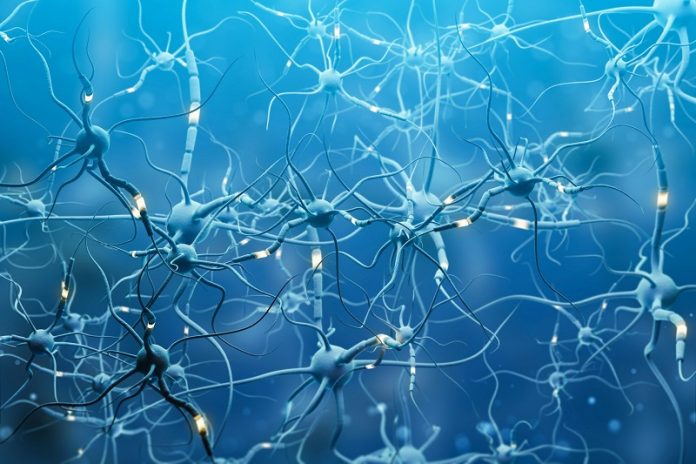
In a groundbreaking development, researchers from The Florey Institute and Austin Health have made a significant breakthrough in the early detection of Parkinson’s disease.
Their research suggests that it’s possible to identify signs of Parkinson’s 20 to 30 years before any symptoms become apparent.
This discovery could pave the way for early screening and preventative treatments, potentially stopping the disease before it causes severe damage.
Professor Kevin Barnham from Florey explains that Parkinson’s, a condition that severely affects the nervous system, isn’t just an old age disease. It actually begins in midlife but often stays hidden for decades.
By the time Parkinson’s is usually diagnosed, up to 85% of the brain cells responsible for movement have already been lost, making most treatments less effective.
The key goal of the research team is to catch the disease much earlier, before it causes extensive harm.
In a study published in the journal Neurology, Professor Barnham and his colleagues showed how a specific biomarker, known as F-AV-133, can be used with PET scans to not only diagnose Parkinson’s but also to accurately monitor the progression of brain cell loss.
They conducted PET scans on 26 people with Parkinson’s, 12 without the disease, and 11 with Rapid Eye Movement (REM) Sleep Behavior Disorder (RBD), which is often a precursor to Parkinson’s.
The participants had two PET scans each, two years apart. Interestingly, while there were no significant changes in Parkinson’s symptoms based on current assessments, the PET scans revealed substantial brain cell loss in key areas.
Through mathematical modeling, the researchers estimated that the total period of brain cell loss in Parkinson’s spans about 33 years. This includes around 10.5 years before the disease can be detected on a PET scan.
After it becomes detectable, there’s an additional 6.5 years before motor symptoms begin, followed by about three years until a clinical diagnosis is confirmed. This means there’s a window of about 22.5 years before symptoms are strong enough for a diagnosis.
This breakthrough offers hope for earlier diagnosis and treatment of Parkinson’s, potentially a decade earlier than currently possible. It also opens up opportunities for people with early signs of Parkinson’s to participate in clinical trials.
A key part of this study is the focus on RBD or rapid eye movement sleep behavior disorder. People with RBD often act out their dreams, sometimes violently.
This condition, caused by a lack of muscle paralysis during REM sleep, is a significant early indicator of Parkinson’s.
Notably, 90% of those with RBD eventually develop Parkinsonian conditions, and half of the people with Parkinson’s have had RBD. If you have symptoms of RBD, seeing a sleep specialist or neurologist is advisable.
If you care about Parkinson’s disease, please read studies about Vitamin E that may help prevent Parkinson’s disease, and Vitamin D could benefit people with Parkinson’s disease.
For more information about brain health, please see recent studies about new way to treat Parkinson’s disease, and results showing COVID-19 may be linked to Parkinson’s disease.
The research findings can be found in Neurology.
Copyright © 2024 Knowridge Science Report. All rights reserved.



